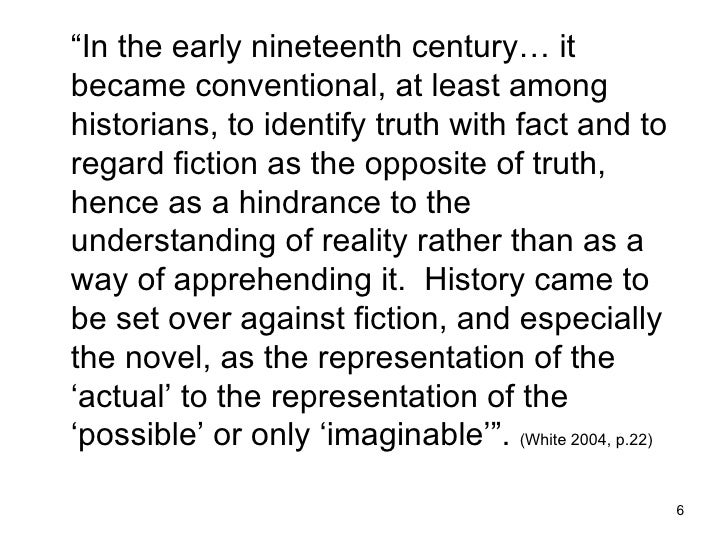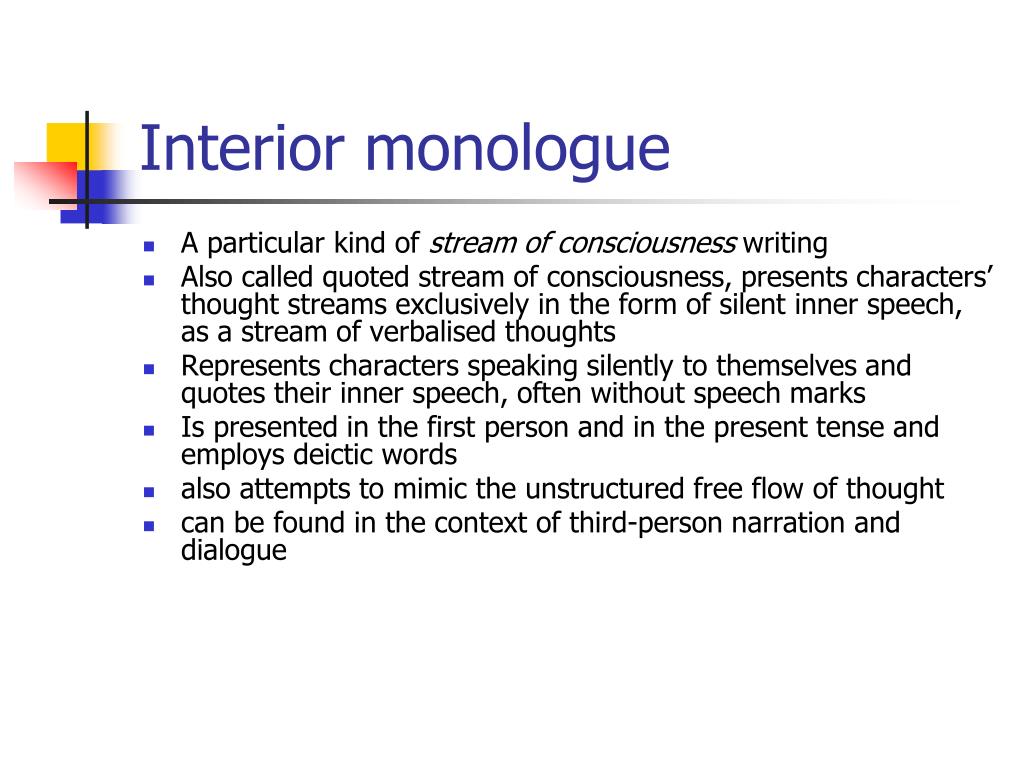

She is driving me mad, I can’t stand this girl. He will love me again.Īnyway, I’d rather be with him and treated badly than not be with him at all. We should be wood and were not made to woo.Ī Midsummer Night's Dream, Act 2, Scene 1 I will not stay thy questions let me go:īut I shall do thee mischief in the wood.Īy, in the temple, in the town, the field, Makes speed to catch the tiger bootless speed, The dove pursues the griffin the mild hind Run when you will, the story shall be changed:Īpollo flies, and Daphne holds the chase The wildest hath not such a heart as you. Interior monologue definition: a literary attempt to present the mental processes of a character before they are formed. Initially defined by Russian psychologist Lev Vygotsky in the early 20th century, he believed that inner speech was a natural part of. I’ll run from thee and hide me in the brakes,Īnd leave thee to the mercy of wild beasts. Whether you refer to your internal voice as your inner dialogue, self-talk, internal speech, or stream of consciousness, an internal monologue is the voice inside your head that you can hear when you think. When all the world is here to look on me? Some people have an internal monologue that is constantly commenting on everything they do, whereas others produce only small snippets of inner speech here and there as they go about their day. Nor doth this wood lack worlds of company, Into the hands of one that loves you not Tempt not too much the hatred of my spirit What worser place can I beg in your love, Use me but as your spaniel, spurn me, strike me, The more you beat me, I will fawn on you: Tell you, I do not, nor I cannot love you?Īnd even for that do I love you the more. Is true as steel: leave you your power to draw, Hence, get thee gone, and follow me no more. Thou told’st me they were stolen unto this wood I love thee not, therefore pursue me not. This can be done with other scenes as well. One student reads the character’s lines the other plays the character’s conscience and creates the inner monologue – a kind of running commentary of the character’s thoughts. In a group of four, allocate two students for each character. Just don't do this too often, or it will lose its force.Students examine the following scene, Demetrius and Helena, Act 2, Scene 1, lines 188-244. For situations where you want to strongly associate a particular thought - especially the emotions and volition that goes with it - with a character, go direct. One student reads the characters lines the other plays the characters conscience and creates the inner monologue a kind of running commentary of the. What indirect internal monologue lacks is a really strong connection to the character who originates the thought. Use direct internal monologue for emotional impact On the other hand an indirect form of internal monologue can span paragraphs because it weaves into the storyline better.

To try and use them for long descriptions of a character's thoughts will require either over-using he/she thought and similar phrases or allow for the reader to get lost as to who is thinking.


The literary technique of Interior Monologue is closely related toor perhaps based onthe psychological phenomenon of Internal Monologue, also called self-talk or inner speech. Use indirect internal monologue for longer thoughtsĭirect internal monologues in a third person point of view should be used only for short statements. Interior Monologue is the fancy literary term for a character’s thoughts in a work of fiction. This contributes to the popularity of the third person narrator. A third person omniscient or limited narrator can dive into heads (depending on which heads the narrator is allowed to dive into) with impunity. This contributes to it's rare use in storytelling. A second person point of view also wouldn't show direct thought, unless it purports to show the reader's thoughts. A first person plural point of view wouldn't necessarily ever get to direct thoughts of an individual, as it would be expressing what a group thinks. In the first person singular point of view you are always expressing the thoughts of your narrator and never directly expressing the thoughts of other characters (although your narrator may guess at them). When expressing a characters thoughts, some of how the expression is formulated will be based on point of view. We should be able to convey a thought to our readers without the extra punctuation in the form of italics. When we as writers start using punctuation like italics to do our work for us, it can tend (though this is not always the case) to cause us to be lazier with our words themselves. One thing I was taught as a writing student was to avoid italics for direct internal monologue, and simply let the "he thought" or "she thought" or other similar clues in the text alert the reader to the originator of the monologue.


 0 kommentar(er)
0 kommentar(er)
